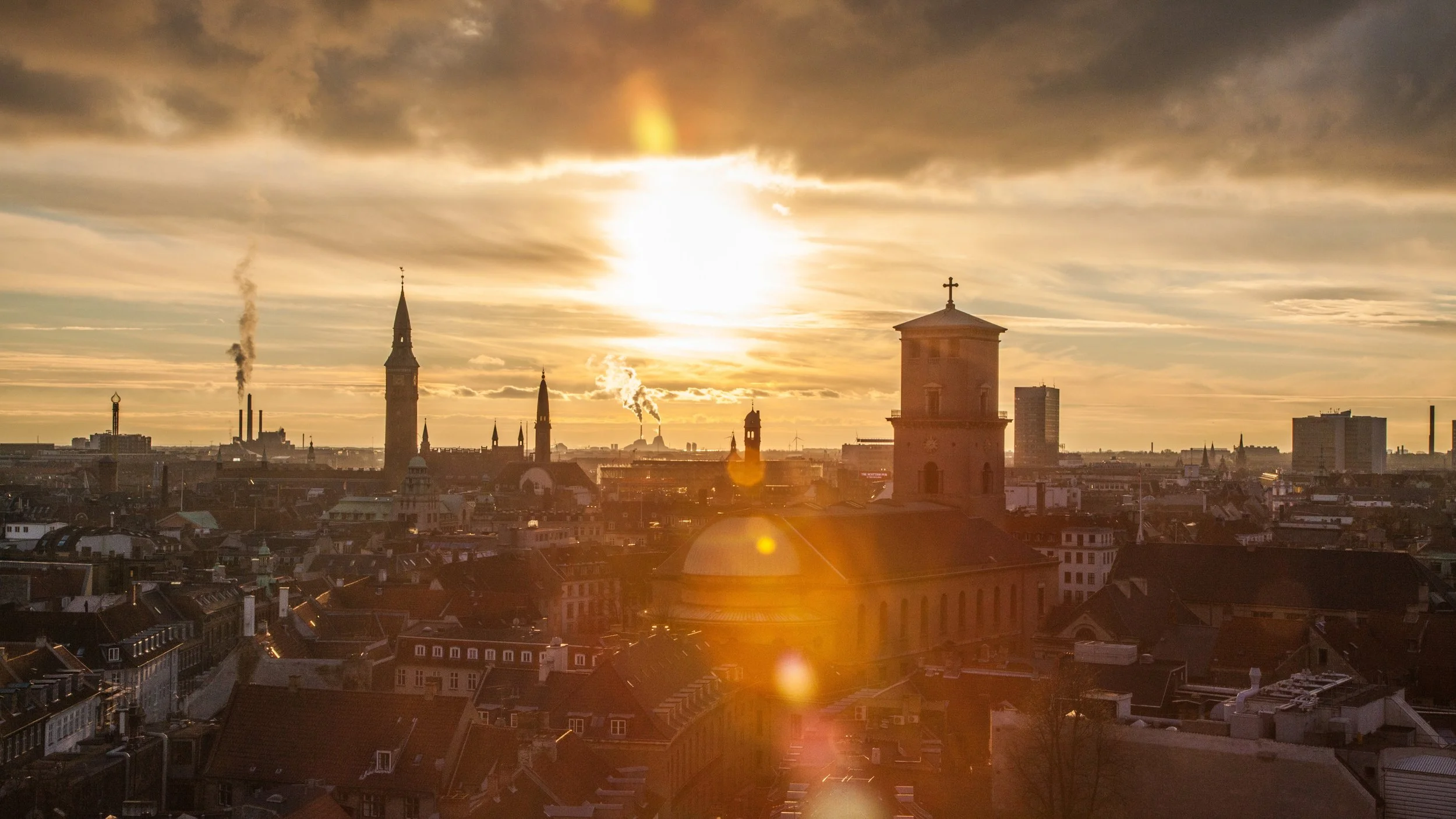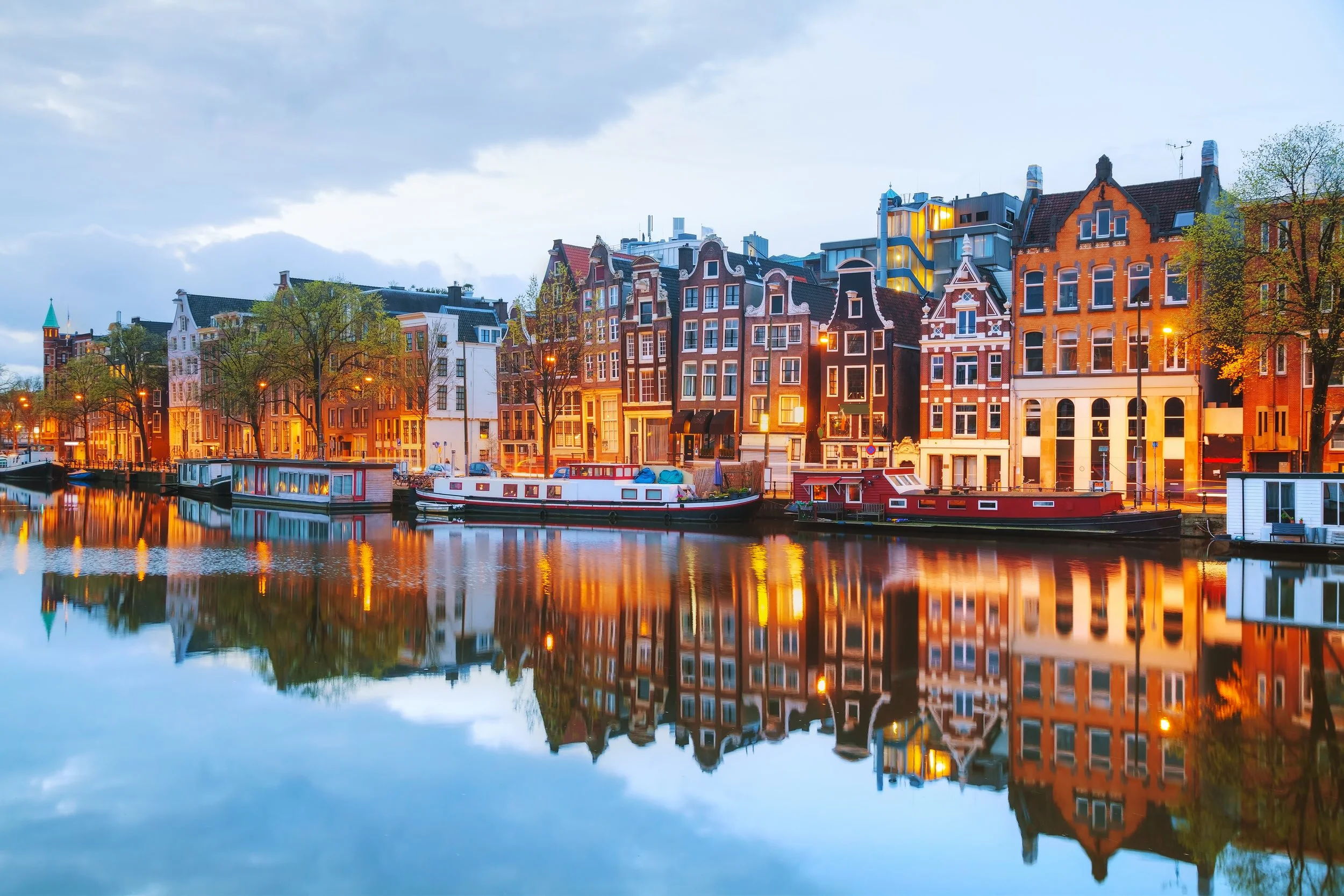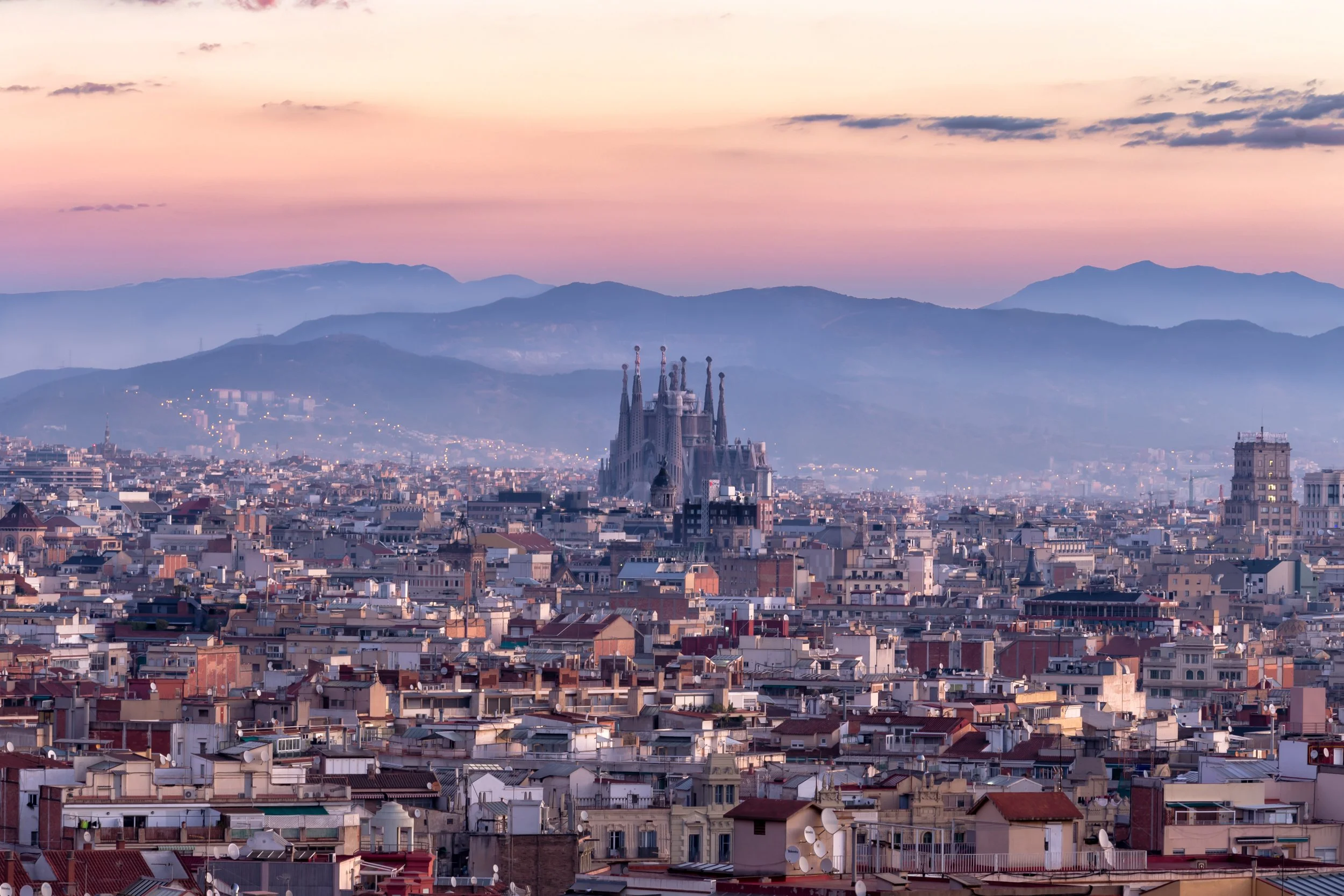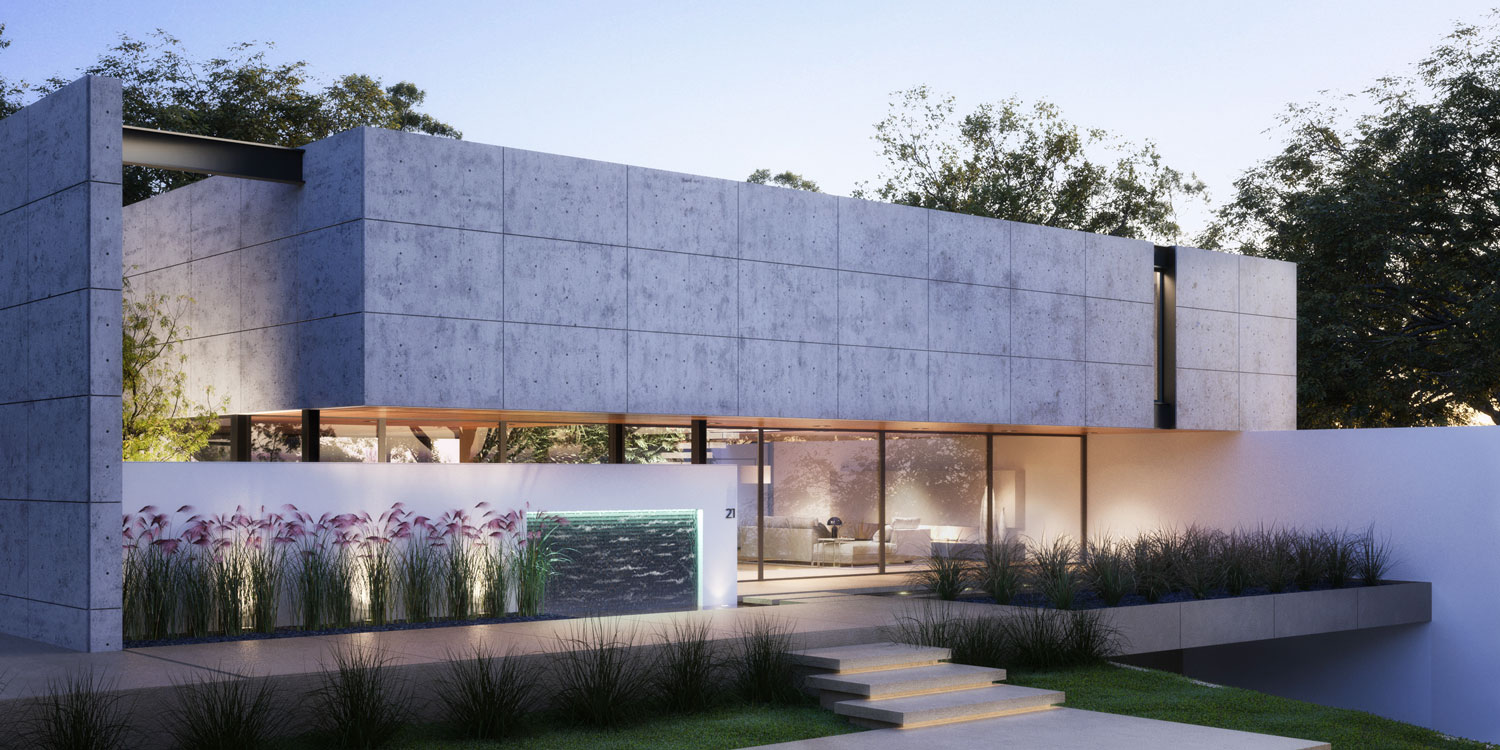Restorative Urbanism | How Designing for Human Connection Can Improve Our Lives and Cities
Video Transcript:
DESIGNING A CITY
What if we designed our cities and environments to be centered around human health and well-being?
Many of our cities are currently designed around the core values of efficiency, economy, and the real estate market requirements. For many cities and countries, the single metric of GDP, or gross domestic product is used to gauge success. While GDP can provide valuable insight, I would argue that it's a limited, one-dimensional metric that fails to render the rest of the picture. Economic prosperity does not necessarily mean that a group of humans is thriving, and well.
What if there were a way to measure the health and wellness of a city or a country, and this was the prime measure for success? If there was a way to accurately measure the quality of a population's internal psychological health, I would consider it the primary metric for guiding how we design our lives and our environments. If we redefine success in this way, we would need to look closer at the primary drivers of well-being, or lack thereof, in cities.
I believe our cities, environments and urban design should be at the top of the list.
RESTORATIVE URBANISM AND PSYCHOSOCIAL HEALTH
A growing field called Restorative Urbanism explores how urban design supports mental health and well-being. Although the urban environments effect on our health has historically been somewhat overlooked, we are becoming increasingly aware that it has a massive impact on the quality of our internal lives. Humans invented the city to bring people together. One of our core human needs is to feel connected with others.
The amount and the quality of our social interactions and relationships significantly impacts our well-being and our health. This is called psychosocial health. Feeling that you are a vital, productive, and connected member of a society helps to create a feeling of psychosocial health. In contrast, isolation, lack of contact with people, and lack of close relationships can harm one's health. If we use psychosocial health to determine our wellness, we must consider the spaces where these interactions and these connections are occurring. The design of our environment can facilitate human connection, or conversely, can support isolation. Both visual and physical connections with others are essential for our psychosocial health.
Visually observing people in our cities gives us a sense of vibrancy, connectivity and a sense that thriving life is present here. If we can physically engage with people by meeting them and having conversations in public spaces, we can build relationships and feel connected.
THE MOVE TOWARDS WALKABLE CITIES WITH GREEN AND BLUE SPACES
One of the most effective ways to support visual and physical connection is to design cities that promote this simple act of walking. Walking through our cities, we can directly engage with our communities, moving through space with our bodies rather than isolated inside of our cars. One of the primary perpetrators that's been identified as being detrimental to our psychosocial health is the unbalanced prioritization and use of a car.
In Jeff Speck's book “Walkable City”, he elaborates on the benefits of walkable cities and how excessive vehicles and their accompanying infrastructure such as streets, highways, and parking lots, are disastrous for our cities and our health. The bottom line is that we should prioritize humans over cars in our cities and promote walkability. In doing this, our cities would look very different. He goes into great depth on the various ways this can actually be achieved.
When I think about my most enjoyable moments in cities, I think about the quiet cafes, the pedestrian plazas, walking through tree-lined parks and dining outside. These memories are filled with vibrant people, not the car. They don't include fast-paced highways, crossing busy intersections, parking lots or views of the street parking. The most memorable moments from all of my travels are absent of the car.
Increasing walkability in our cities is a major factor in improving our overall mental health and our well-being. The study of restorative urbanism has been looking at these alternative ways beyond the reduction of the presence of the car, to help us regulate our internal emotions and relieve stress from the pressure of our daily lives. Some of the methods include integrating green and blue spaces into the cities along with play spaces, activity spaces, rich sensory spaces and spaces promoting connection and mingling between different groups of people.
Green and blue spaces are relatively straightforward and have ample evidence of promoting health in people. The implementation of green and blue spaces in the cities has been something that's widely studied and covered at length. Although these ideas have many nuances and depths of which I don't want to downplay. The bottom line is to get more plants and more water into cities.
SENSORY PERCEPTIONS
A far less-known topic is considering our sensory perceptions in cities. Our sensory perceptions bring together all of our basic senses and create a holistic atmosphere that affects our experience of a place.
This is a highly subjective topic, so it poses many challenges in quantifying it and prescribing scientific ways to leverage that data. Our senses collect information to create a sixth sense greater than the sum of its parts. Architects and urban designers would define this as atmosphere or ambiance. It's the melting together of our basic five senses, which are sound, light, smell, touch, and taste with other information such as scale, orientation, perceived sense of stability, continuity, and time. It even wraps in details from our memories and past experiences.
To get a more complete picture of how someone really experiences a space internally, we need to consider a much wider range of sensations beyond our basic five senses. Our brain constantly tries to interpret and organize our senses and information inputs to understand our environment better. The field is in its infancy, but many intelligent people are working to learn how to define and leverage the information to create better spaces for our cities.
REFLECTION ON PERSONAL EXPERIENCES
Reflecting on my memories, this cumulative sensory experience feels profound and intense to me. I can recall many moments where the cumulative sensory experience has become embedded in my memory as the headline vision for when I recall that specific city or that journey. These moments and experiences are stored and burned into my memory. By documenting them with photography, cinematography, and sketching, I can more accurately describe the internal experience.
An exercise I've attempted is to deconstruct these experiences into their different senses and parts, to gain a greater understanding of maybe why that particular moment may have had such a profound impact or lasting effect on my memory. After understanding, defining, and creating hypotheses about their overall contribution to a memory, I can try to reimplement similar facets into our architectural work, returning those places and those experiences back to our clients and the people using the spaces.
CONNECTING OUR NATURAL LANDSCAPE
One of the most interesting studies about place and psychological health was conducted by philosopher and ecologist David Abraham, who explores indigenous cultures connection with their natural environments.
He'd contrast this with contemporary humans more literal, text-based relationship with our cities. These relationships rely on sights and sounds primarily to interpret our environment. This then mutes our other senses. It's caused a fracture or lack of connection from our natural surroundings, which he argues negatively contributes to our mental health. Connection with our natural landscapes through all of our senses, once gave our ancestors a deep sense of connection to the land and to nature, and the systems and rhythms of the earth.
BUILDING FOR THE FUTURE: CITIES OF FRIENDSHIP AND LOVE
How can our cities today be designed to help us reconnect and honor those senses?
More attention and consideration for all of our senses and perceptive systems may help us to feel more connected to the people and the place where we're at, thus reducing psychological fracture and the feeling of isolation. When reflecting on a city's history, we see the general trend of values and belief systems that were prioritized and shaped urban environments.
Charles Duff, in his book “The North Atlantic Cities”, beautifully surmises these trends as first being cities of worship and warfare early in our history, with temples and cathedrals. He goes on to say that the next phase was cities that were designed based upon commerce and industry, with skyscrapers and factories and docks. He then suggests that there's a new era of urban development that's arising. He poses the question, is there a name for the new kind of city that we're building? What are cities to be about if they're not about worship, warfare, commerce or industry?
He suggests that we're building cities of friendship and love.
Although some may consider this idealistic or naive, I don't think he's far off. I do feel like we are at a new moment of reassessing our culture and our values and developing a better understanding of ourselves and our collective humanity. We have more scientific knowledge about our health than ever before, resulting in the need for us to create different types of environments that reflect a new emerging set of information, values and culture. Our future cities will serve our physical and our mental nature. Their purpose will be to create an environment that does its best to support the emergence of people's authentic human expression.
So, my task as an Architect is to ask, what exactly does that look like in physical form?
To answer that question, I've been engaging in journeys to travel the world and observe and document how certain cities seem to support authentic human expression, health and vitality, and those that also limit it.
On this journey, I hope to find the information we can use to build environments for our future.
Thanks so much for listening. If you like this message and this information, please visit us at www.rostarchitects.com. Thanks so much.
Books Mentioned
Restorative Cities: Urban Design for Mental Health and Wellbeing
Co-authored by Jenny Roe and Layla McCay, sparked an emergence in the field of urban design for mental health and provides a network of information on wellness, health and how that can look moving forward in our fast paced environment.
Walkable Cities: How Downtown can Save America One Step at a Time
By Jeff Speck, analyzes how increasing walkability in our cities is a major factor in improving our overall mental health, and recognizes the various ways in how prioritizing humans over cars, can create a long lasting effect on our overall wellbeing.
By David Abram, explores indigenous cultures connection with their natural environments, as we compare it to our modern world, we can begin to recognize the lack of connection with our natural surroundings, as well as the importance of moving towards a connection to Earths natural rhythm.
By Charles Duff, beautifully surmises trends of cities and suggests a new era of urban development that's arising: cities of friendship and love. He explores how thoughtful planning and can encourage health and human expression in our communities and cities.
About ROST Architects:
In addition to practicing architecture, principal and founder of ROST Architects, Mitchell Rocheleau AIA, searches the world to learn more about the buildings and cities humans have created, from the modern era to prehistory. Through writing, expert interviews, and video documentation, we hope to make our journey available and accessible. Our mission is to understand the environments humans have created throughout history, learn from the successes and failures, and contribute to designing a better future.































Notre Dame Cathedral had the power to embed itself into more than just the cityscape. It made its way into the hearts of the people of Paris. When the Cathedral was engulfed in flames on April 15th, 2019, we were reminded that the architecture around us impacts our lives beyond functionality. Principal and Architect of ROST Architects, Mitchell Rocheleau, discusses the history, architecture, and the architectural power of Notre Dame Cathedral.